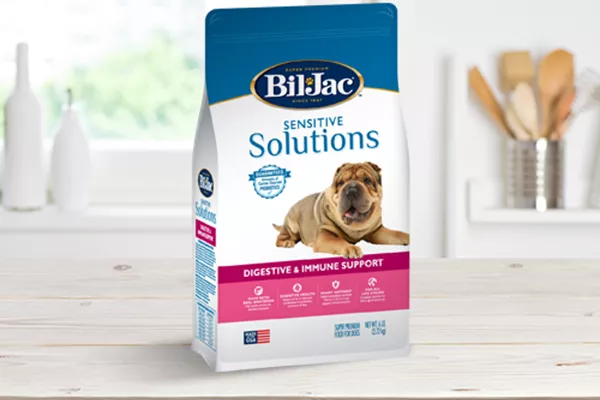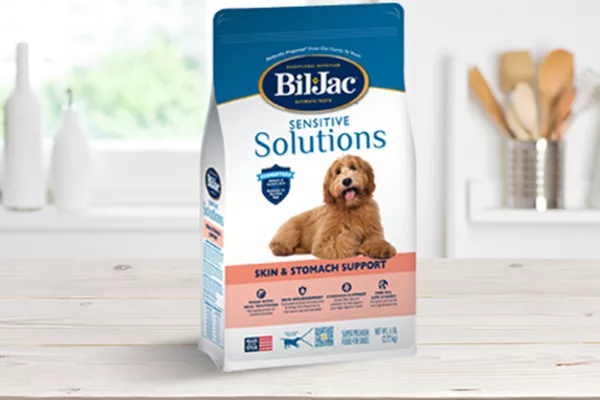Basic First Aid for Ten Top Pet Injuries
No matter how much we do to protect our fur babies, they are bound to get into some trouble at some point. Maybe on a walk. Maybe while playing in the yard. Or maybe by eating something they shouldn’t have in the house or garage. Whatever the reason, pet injuries can be a frightening experience both for your pet and for you. Being prepared to provide basic first aid to your pet can help you stabilize the situation and be able to take your dog to the vet for medical care!
We’ve pulled together some of the most common injuries among dogs to help you get ready. So let’s get to it.
Common dog injuries and key steps to consider.
1. Sprains and strains.
Our four-legged friends can overdo it when jumping, twisting, wrestling or even just running. The first symptom may be that your dog starts to limp.
- Call your veterinarian.
- In the meantime, try ice or a heating pad for short periods.
- Try massaging the area if it doesn’t cause your dog pain.
- Make sure your dog rests.
2. Eye injuries.
- Call your vet immediately if there is something in your dog’s eye (symptoms include squinting and blinking excessively),
- If it appears his eye is scratched (he is squinting and tearing up),
- If the eyelid is bruised or torn from a fight or other accident.
3. Broken nails.
A nail that breaks to the quick requires an immediate visit to the vet. If the nail is cracked or broken a little, try these at-home methods to manage your dog’s broken nail.
- First, stop any bleeding with a styptic pencil or cornstarch followed by compressing the area with a towel.
- Soak the paw in warm water, then spray with an antiseptic.
- Try to bandage the paw loosely with gauze, or us a loose sock secured with adhesive tape. (You may need to place a plastic cone collar on your pet to get him to leave the wound and bandaging alone for a few days.)
- Change the bandage each day and keep the wound clean.
- Watch for signs of infection (swelling, discharge, bleeding), calling your veterinarian if they occur.
4. Ingesting a foreign object.
Our pets can get into all sorts of mischief and can try to swallow nearly anything, especially as puppies.
- If you can see the object in the dog’s throat and your dog is calm, you can try removing it, being careful not to push the object further down his esophagus. Try using tweezers or a small set of pliers.
- If your dog is choking, see instructions for choking (#8).
- If the dog has completely swallowed the object, call your veterinarian for advice on whether to try to let it pass through the gastrointestinal tract naturally, or whether an appointment is needed. It helps if you know what your pet swallowed.
- Ingested tube socks, corn cobs or sharp items are especially hazardous and an immediate call to the vet is critical.
5. Poisoning.
Different types of poison call for different types of first aid. Many packages include directions for what to do if the product is ingested, or if it gets on the skin.
- Call your veterinarian or Poison Control Center (PCC) before doing anything.
- Have all the information about the poison on hand and how much the dog may have eaten.
- Do NOT induce vomiting unless directed to by your vet or the PCC.
- Unsure what your pet got into? Call your vet immediately.
6. Cuts/Abrasions/Bite Wounds.
When our pets are out and about, they can suffer everything from cuts on their paws to bites from other animals.
- Apply a clean cloth over the wound and apply pressure if bleeding, until the bleeding stops.
- Wrap in gauze and secure with self-adhesive tape, then take your dog to the vet or a veterinary emergency room.
7. Heatstroke.
With summer coming, pets can suffer heatstroke if they are left outside too long without water.
- Place cold, wet towels around the dog’s neck, head, armpits and groin.
- As the towels become warm, replace them with cold towels.
- If towels aren’t available, run cool water over those same areas on your dog’s body. Make sure water is cool, not frigid.
- Offer your dog some cool water to drink.
- Take your dog to a vet as soon as possible.
8. Choking.
Dogs can choke on any number of things, from food to foreign objects. If your dog is coughing, rush him to the vet. If he is choking and not getting air, try these steps.
- Use tweezers or a small set of pliers to try to remove the object from his throat.
- If this doesn’t work, lie your dog on its side in a car while someone drives you to the veterinarian’s. Perform a modified version of the Heimlich Maneuver by placing your hands over the widest section of his chest and pushing down quickly and firmly. Repeat this until the object comes loose, or until you arrive at the veterinarian’s office.
9. Hypothermia.
A pet who is suffering from hypothermia (too low body temperature) will stop shivering and become lethargic.
- Wrap your dog in blankets—pre-warm them in a dryer if you can.
- Snuggle with him if you can.
- Transport him to a veterinarian’s office or vet hospital as soon as you can.
- NOTE: If your pet suffers frostbite, do NOT rub the frostbitten areas.
10. Dehydration.
Dogs can become dehydrated for a number of reasons, such as illnesses that involve repeated vomiting, fevers, heat stroke, or simply not drinking enough.
- A good treatment for mild dehydration is to give your dog some Pedialyte. Mixing it with your dog’s regular water can help restore lost minerals and electrolytes.
- If your dog does not respond, or is severely dehydrated, see your veterinarian immediately. He may need to be placed on IV fluids.
Pet First Aid Kit Checklist
It helps to be prepared with a kit or collection of pet first aid items so that, if your pet becomes injured or ill, you’ll be able to help him right away. You’ll need:
- Phone numbers—your vet, a veterinarian hospital and an animal poison control center (Helpful hint: keeping your vet’s number and the emergency vet number in your cell is a big help and using “Emergency Vet” as the contact name will help you find it quickly).
- Your pet’s medical history, including vaccination record and all medications your pet is taking.
- Gauze and adhesive tape—gauze for wrapping wounds, tape for securing it in place. Gauze can also be used as a makeshift muzzle if necessary.
- Non-stick bandages or strips of clean cloth—to stop or control bleeding and protect wounds. Never use human ready-made bandages (BandAids®) on pets, liquid bandages, or human antibiotic creams like Neosporin.
- Saline eye solution
- Tweezers or small pliers. Tweezers can be used to remove splinters or to try to remove objects stuck in the throat.
- Eye dropper or large syringe with no needle—for administering meds or to flush wounds.
- Muzzle—to prevent your pet from biting you as you administer to his wounds, and to prevent him from biting at or licking wound while on the way to the veterinarian’s. DO NOT muzzle your pet if he is vomiting.
- Rectal “fever” thermometer—regular thermometers do not go high enough for pet temperatures. A dog’s normal temperature is 101 to 102.5 degrees Fahrenheit, according to the American Kennel Club (AKC).
- Milk of Magnesia or activated charcoal–to absorb poison. NOTE: NEVER administer milk of magnesia or charcoal without first calling your veterinarian or poison control center.



